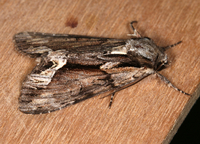
| Recorded by: Jim Petranka and Becky Elkin on 2024-07-11
Madison Co.
Comment: | 
| Recorded by: Jim Petranka and Becky Elkin on 2024-07-11
Madison Co.
Comment: |

| Recorded by: tom ward on 2022-05-30
Buncombe Co.
Comment: | 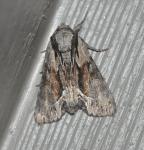
| Recorded by: K. Bischof on 2019-08-26
Yancey Co.
Comment: |
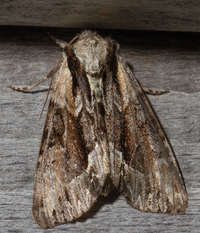
| Recorded by: Jim Petranka, Becky Elkin, Steve Hall and Bo Sullivan on 2019-07-30
Yancey Co.
Comment: | 
| Recorded by: K. Bischof on 2019-06-23
Yancey Co.
Comment: |

| Recorded by: Owen and Pat McConnell on 2018-07-28
Graham Co.
Comment: | 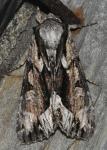
| Recorded by: K. Bischof on 2016-06-28
Yancey Co.
Comment: |

| Recorded by: K. Bischof on 2016-06-28
Yancey Co.
Comment: | 
| Recorded by: K. Bischof on 2016-06-28
Yancey Co.
Comment: |

| Recorded by: B. Bockhahn, P. Scharf, K. Kittelberger on 2015-06-18
Avery Co.
Comment: | 
| Recorded by: Paul Scharf, B Bockhahn, K Kittelberger on 2014-06-07
Avery Co.
Comment: 4100' |
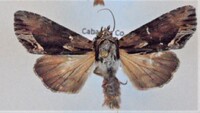
| Recorded by: Darryl Willis on 2013-06-18
Cabarrus Co.
Comment: Collected at bait. [Editor's note: the closest known population is probably in Yancey County, but the freshness of this specimen indicates that it originated close to where it was found rather than representing a stray from 100 miles away. More specimens should be expected in this area if there is a resident population] |

 »
»


 »
»
